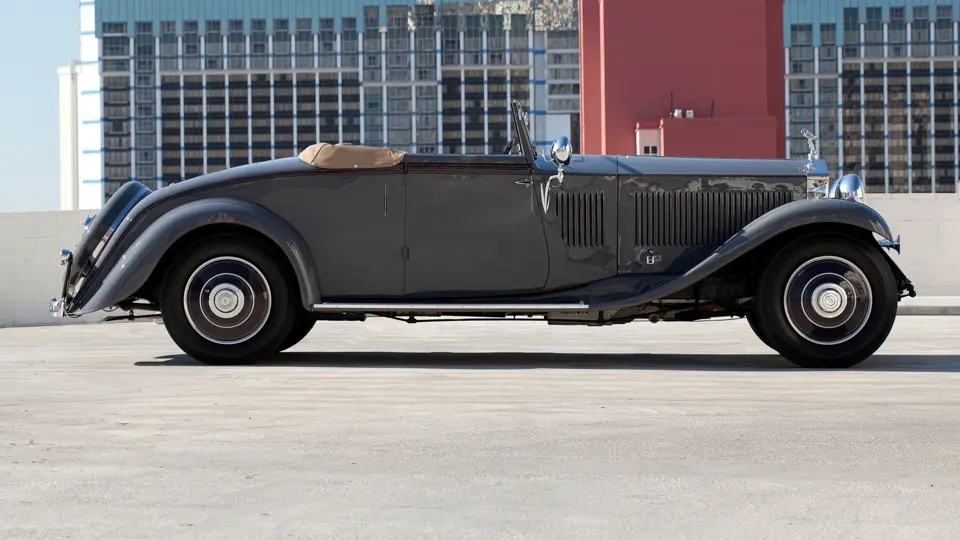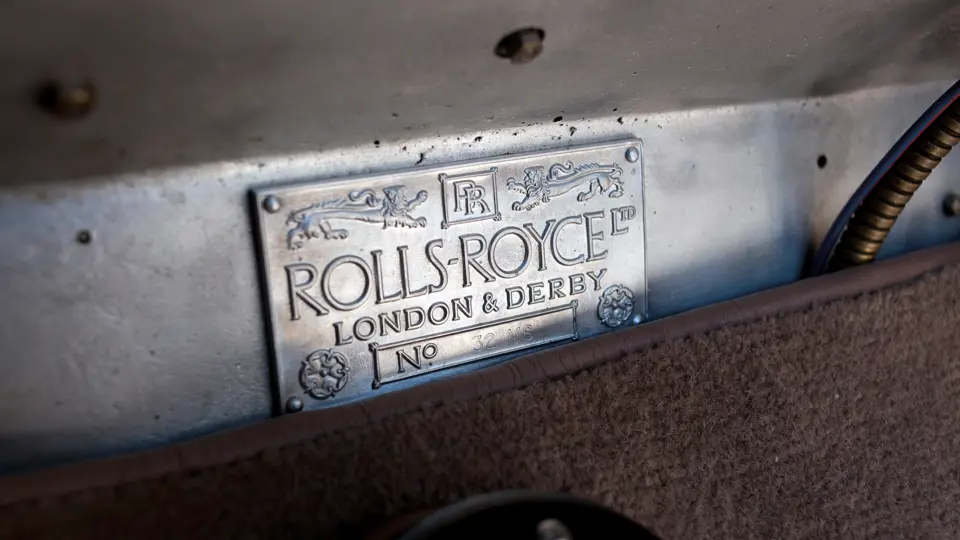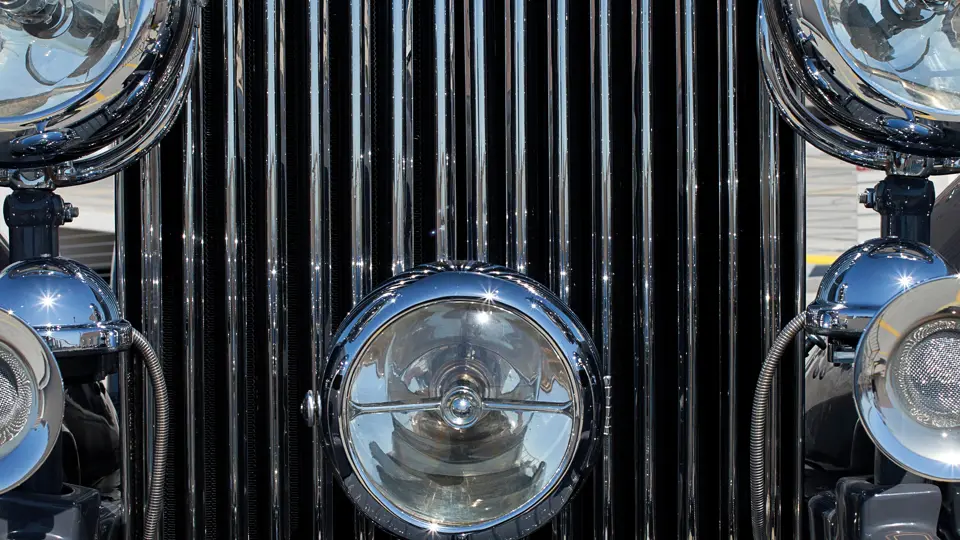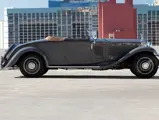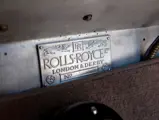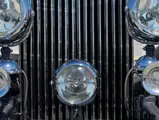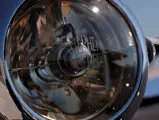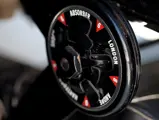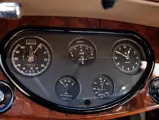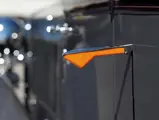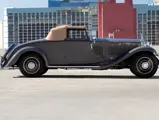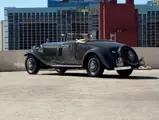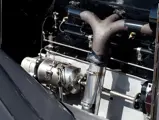120 hp, 7668 cc OHV straight six-cylinder engine, RR-patented carburetor, four-speed gearbox, semi-elliptic front suspension and live rear axle suspension, and four-wheel power-assisted mechanical brakes. Wheelbase: 144 in.
• The only one of 280 Continental PIIs bodied by Carlton
• Fully documented, numbers-matching drivetrain
• Displayed at the Petersen Museum’s Rolls-Royce exhibit in Los Angeles
The Phantom II was the last Rolls-Royce model designed by Sir Frederick Henry Royce before his death in 1933. Of 1,767 examples built between 1929 and 1935, 280 were “Continental” chassis. Royce wanted the Continental to be as lithe as possible yet still comfortably accept its driver, passengers, and luggage while touring the continent of Europe.
Developed from the standard Phantom II short chassis model, the Continental had an especially low steering column, low centre of gravity, and special springs to permit safe and continuous high speed touring over any road surface. Royce specified the car to have a low and sleek appearance, ample luggage space, and a roomy interior. The radiator shell was a bit higher than the standard Phantom II, which, combined with the low-slung chassis, gives the illusion of travelling at speed even when parked.
With usually light coachwork to offset the heavy chassis, most PII Continentals are faster than all the previous Rolls-Royce models, and it may be said that no pre-war car is more reliable. Both speed and reliability can be attributed to the 7,668 cc inline six under the bonnet, the final evolution of the straight six first introduced in the 1907 Silver Ghost. The advertising men pronounced the venerated firm’s disposition towards the model as follows, “The Rolls-Royce Phantom II Continental is specially produced for fast touring abroad, where better facilities exist than in Great Britain for high speeds over long distances.”
These claims were backed by substance; Continentals were among the most powerful cars of their time. The Autocar published road test results for the Phantom II Continental in 4 August 1933, with a timed top speed of 92.31 mph. The Motor of 20 March 1934, recorded a top speed of 90.2 mph and 0–60 mph in 23 seconds. A motor car designed for a privileged few, the chassis price in 1932 was £1850 for the short chassis and £1900 for the long version. That translates to approximately $200,000 in today’s dollars, with custom coachwork easily doubling that figure.
Chassis number 32MS was ordered by His Grace the Duke of Sutherland. George Granville Sutherland, the fifth Duke of Sutherland, married Lady Eileen Gladys Butler, the daughter of the seventh Earl of Lanesborough, who was Mistress of the Robes to Queen Mary. The Duke was Under-Secretary at the Air Ministry from 1922–1924, Paymaster-General from 1925–1928, Parliamentary Under-Secretary of State for War from 1928–1929, first Chairman of the British Film Institute from 1933–1936, and President of the Royal Automobile Club. This was his second Rolls-Royce; his 1914 Silver Ghost was commandeered by the Army in the First World War for transporting generals.
The Duke’s 1925 Isotta-Fraschini was taken in on a trade allowance for £350. After being fitted with a drophead coupé body by Carlton, it was delivered to his London home, Hampden House. The Carlton Carriage Company originated from a group of coachbuilding companies. The name of the original firm was Motor Car Industries; one partner began trading as the Kelvin Carriage Company in 1924 and changed its name to Carlton in 1926. The firm started displaying at the Olympia Motor Show in 1927 and moved from more conventional coachwork to the more sporting drophead and coupé de ville coachwork, for which it became known, with approximately 50 bodies mounted to Rolls-Royce chassis between 1927 and 1939. The Carlton drophead body was so successful that it was used on nine Phantom II chassis, with this being the only Continental. Other chassis adorned with the Carlton drophead included Bugatti and the Hispano-Suiza J-12, with many more coachbuilders “borrowing” Carlton’s design cues.
By 1957, the owner of 32MS was a Mr H.R. Wilkins, who had the original Carlton body modified by coachbuilders Thrupp & Maberly. He ordered the side-mounted spare tyres to be moved to the rear in “Continental Spares” style. He also had the trunk enlarged to accommodate more luggage for long-distance touring on the Continent. With history going back to 1760, Thrupp & Maberly had skilled artisans who performed the modifications as if the car was ordered this way from new.
The superb proportions of coachwork fitted to these chassis demonstrate why the Phantom II Continental has achieved a following among collectors, with especially strong support from collectors in the United States in the last three decades. In superb running condition, this car has been well-maintained since its complete mechanical restoration about 20 years ago, by the legendary Frank Cooke, of Brookline, Massachusetts. Cooke was a renowned Rolls-Royce restorer and optical engineer who worked on NASA’s Galileo probe and the Hubble telescope.
If the new owner wishes to take part in one of the Classic Era car tours, this Rolls-Royce has been intelligently upgraded. An electric overdrive was correctly fitted in the late-1980s for highway touring and should provide many miles of reliable motoring for its fortunate new owner. In recent years, discriminating collectors have helped move values for honest, well-documented examples like 32MS to the top of the Rolls-Royce market. Close inspection will make apparent the reasons why these sleek cars are so admired.
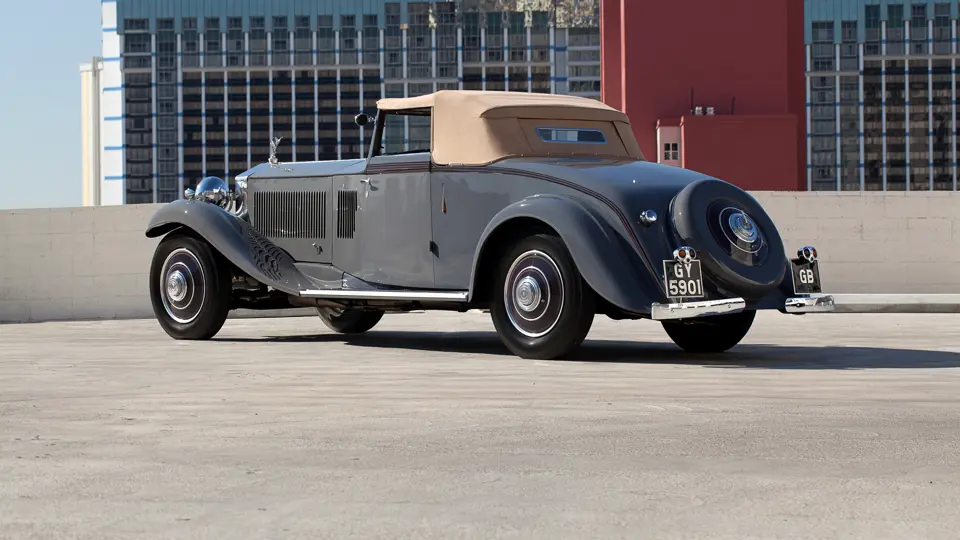
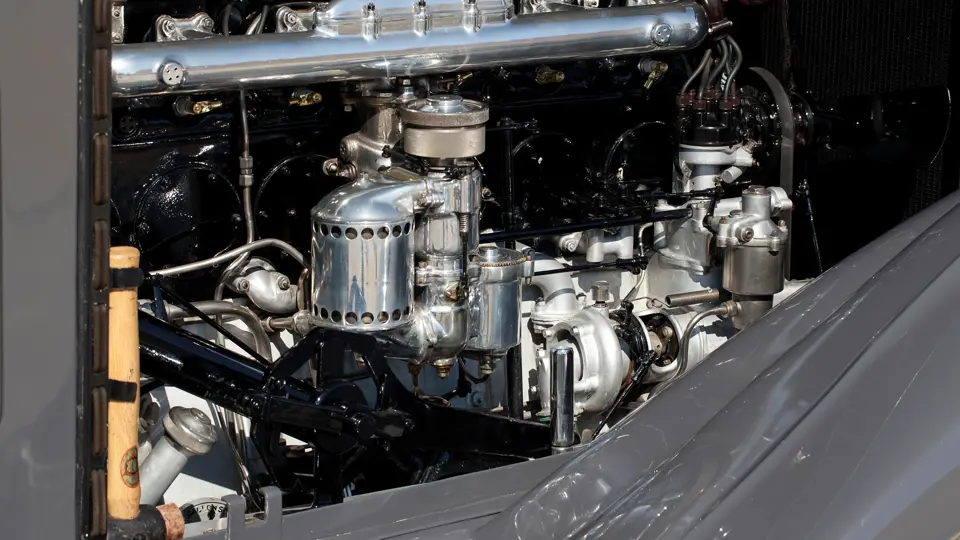


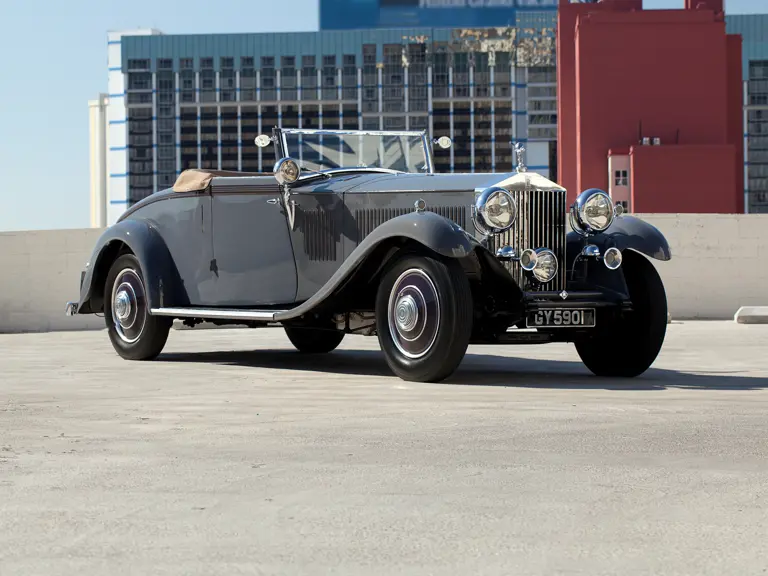
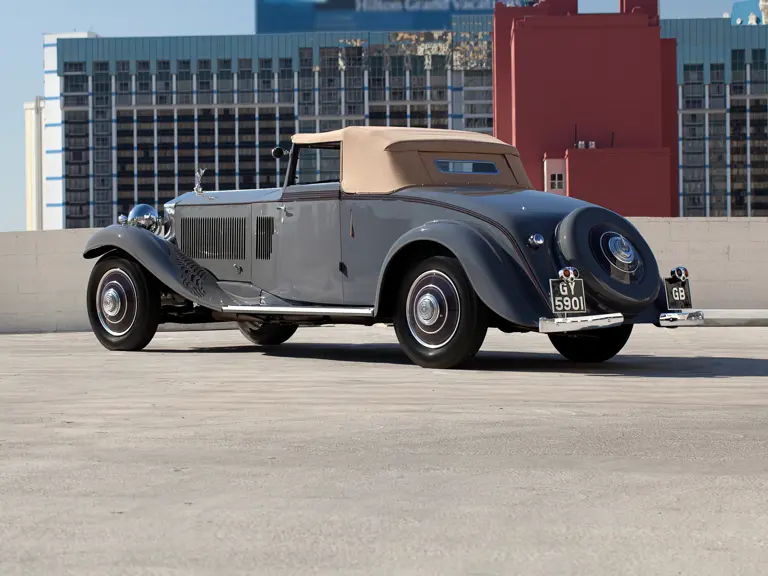
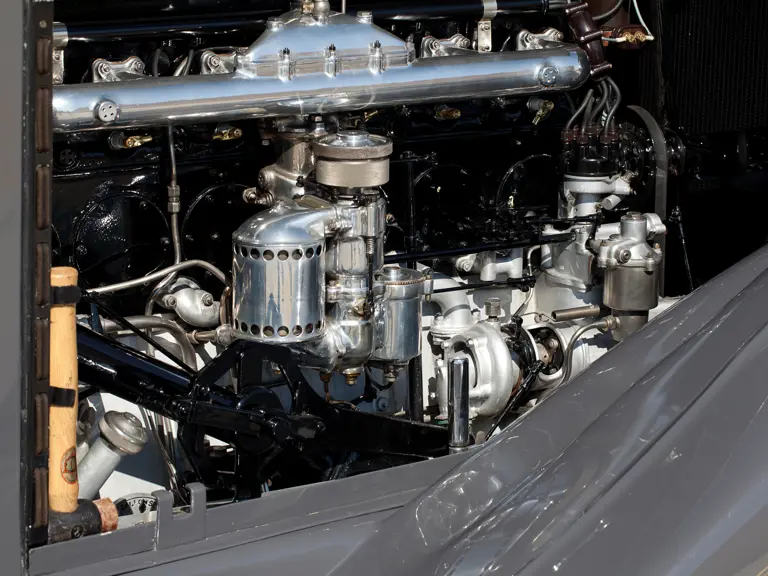
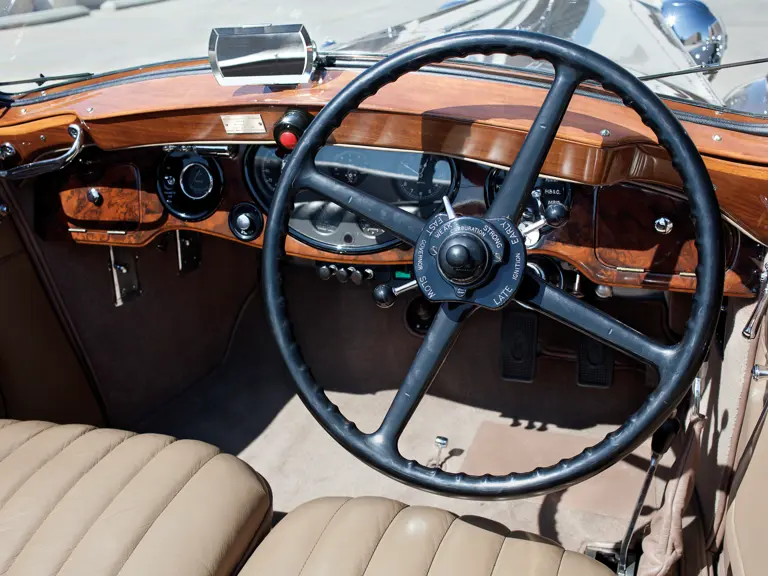

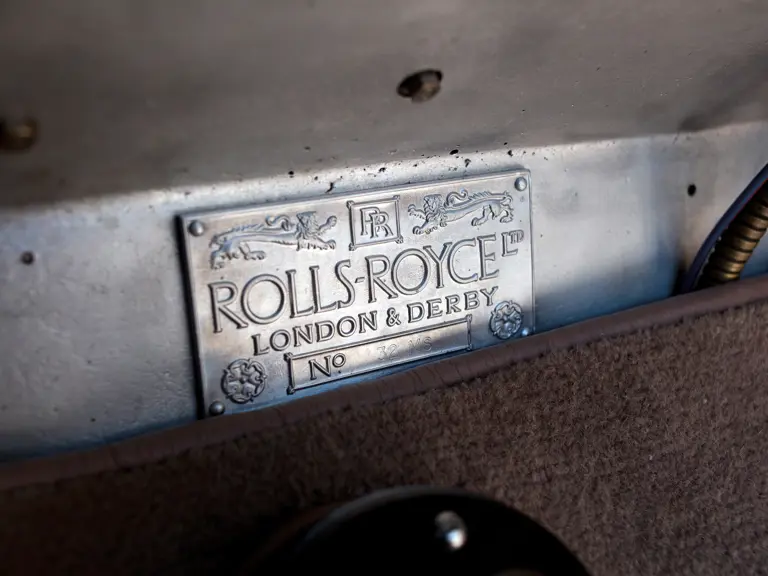

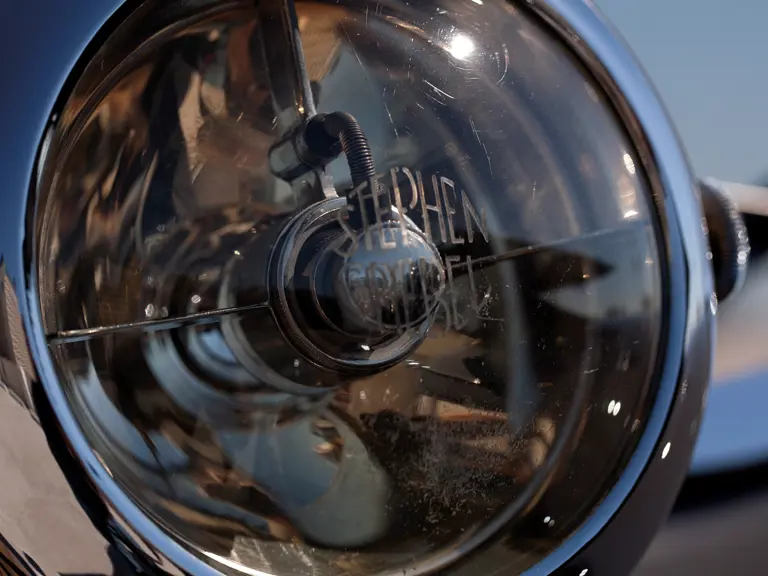
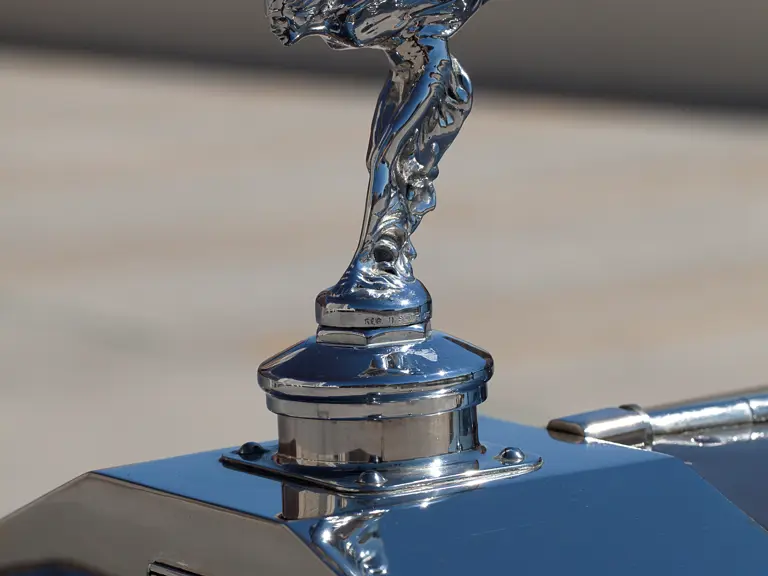

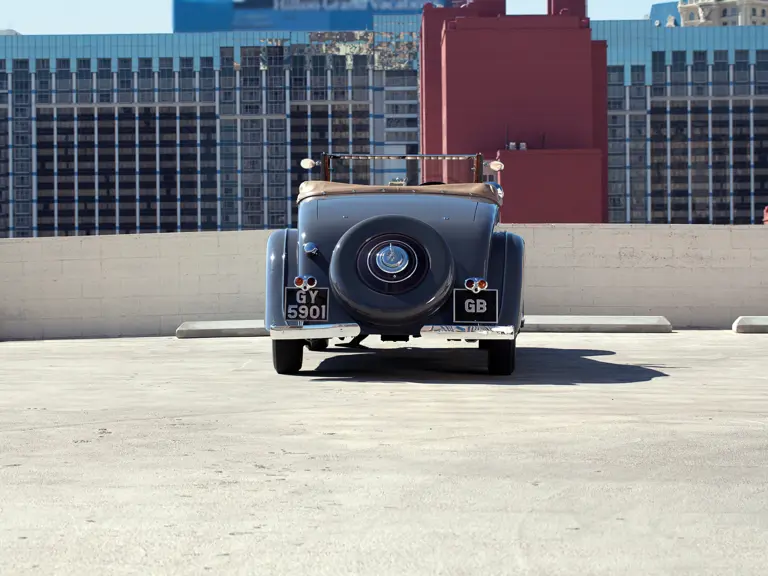
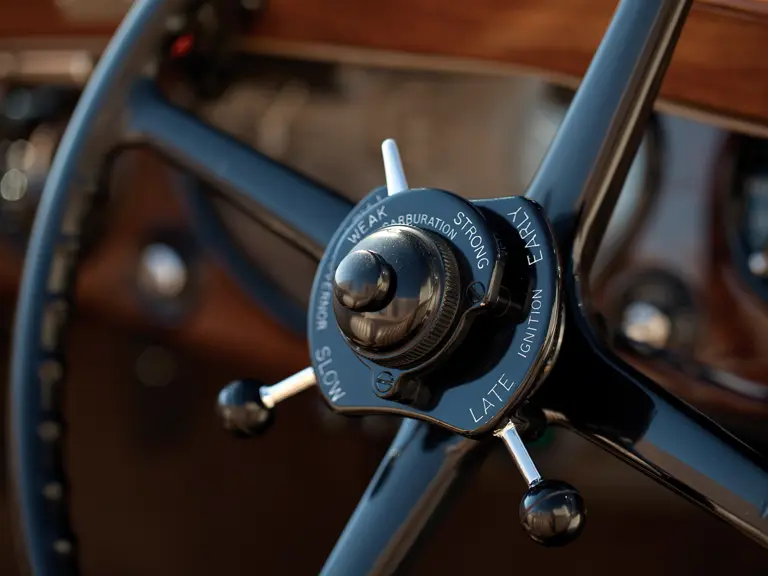

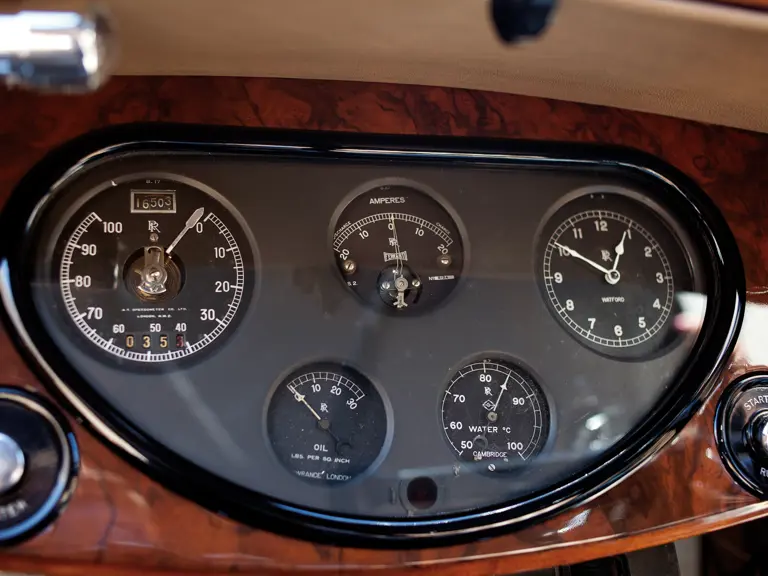
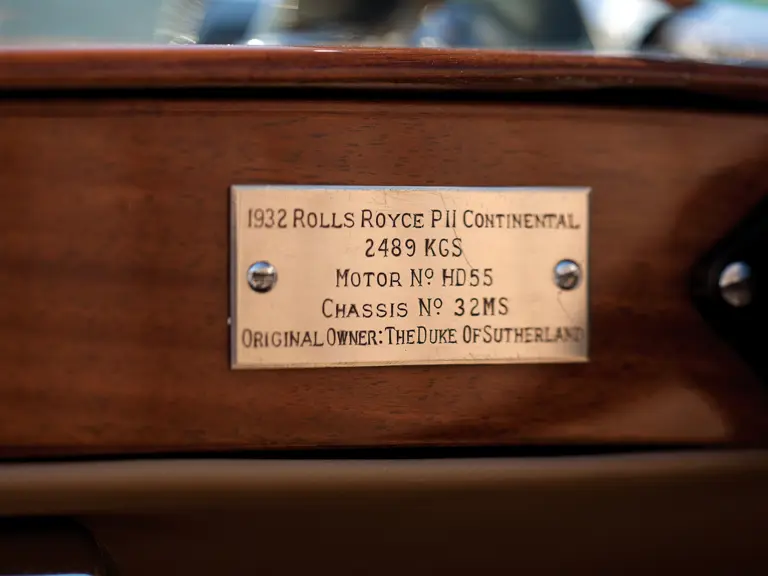

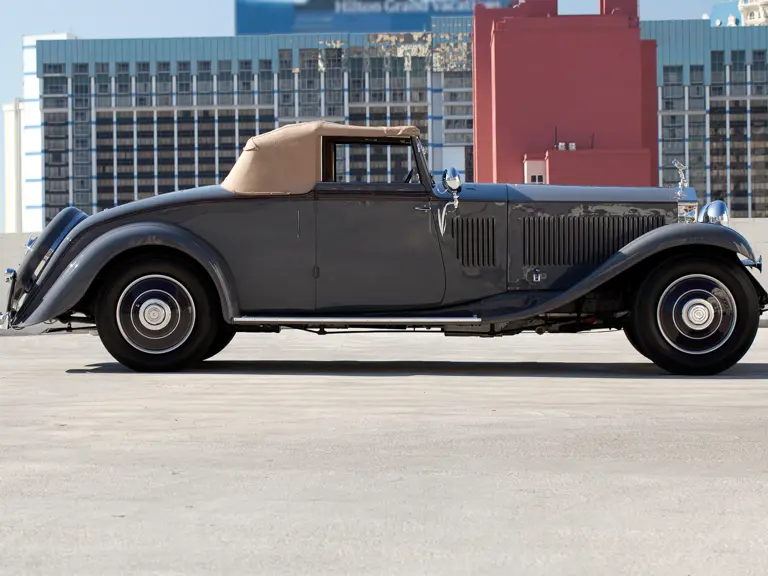
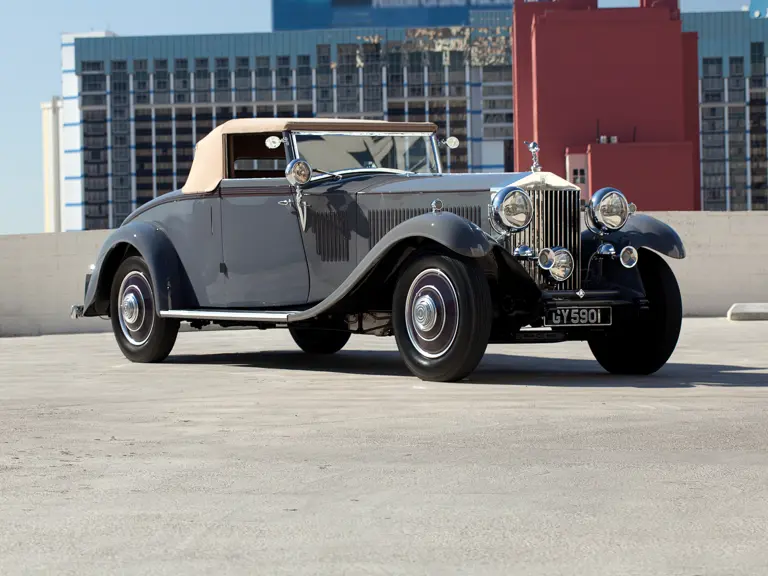
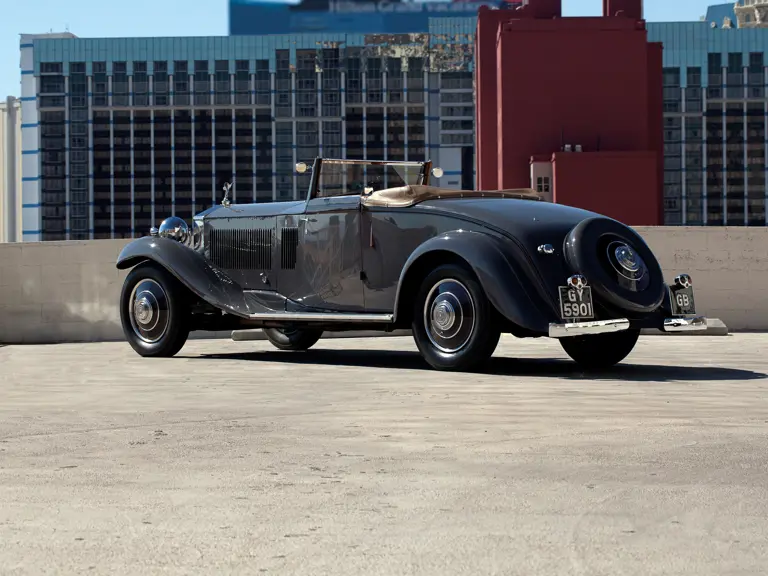

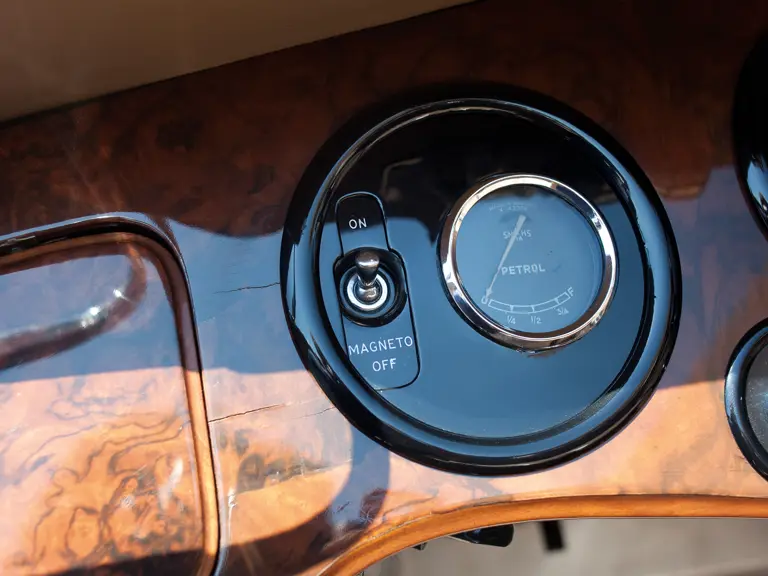
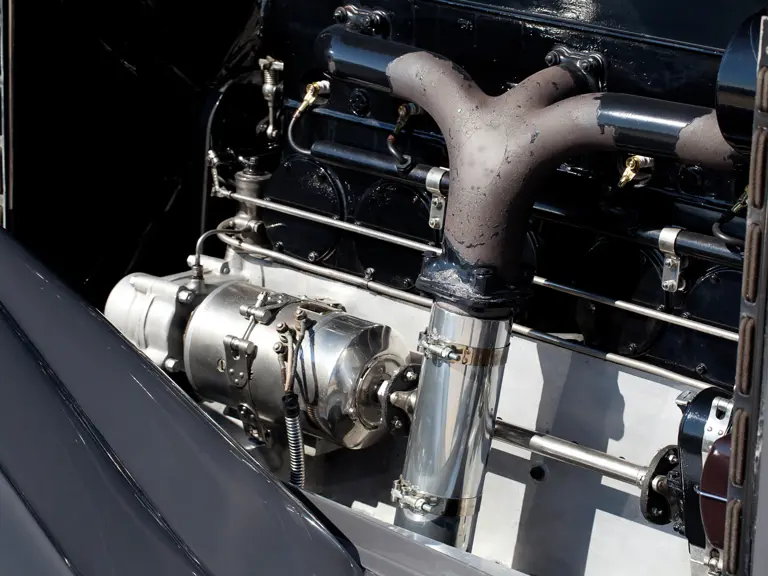
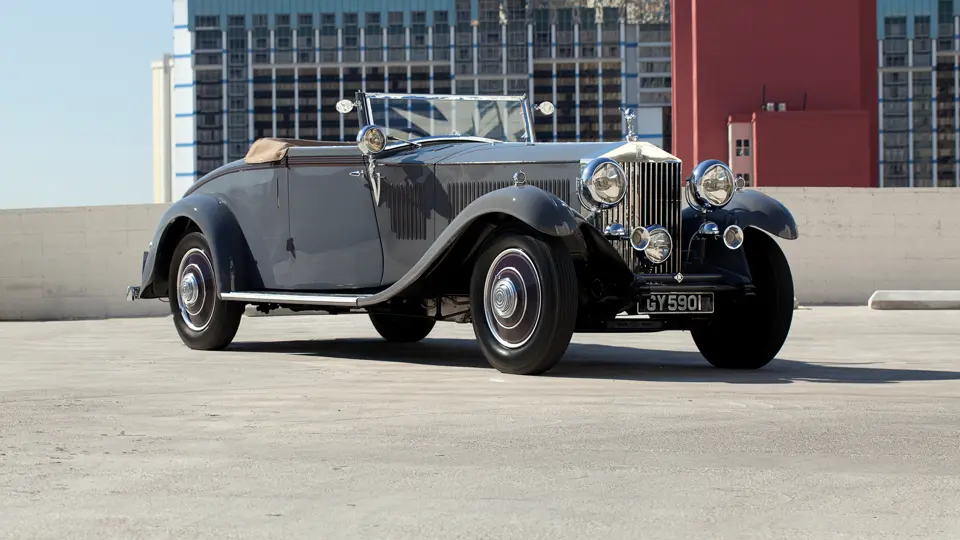
 | London, United Kingdom
| London, United Kingdom
